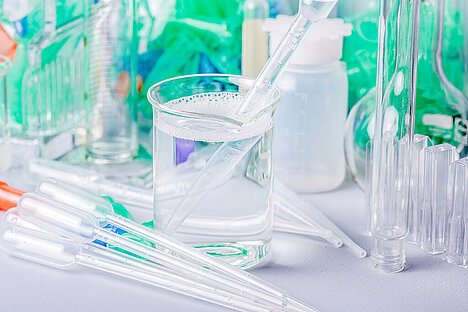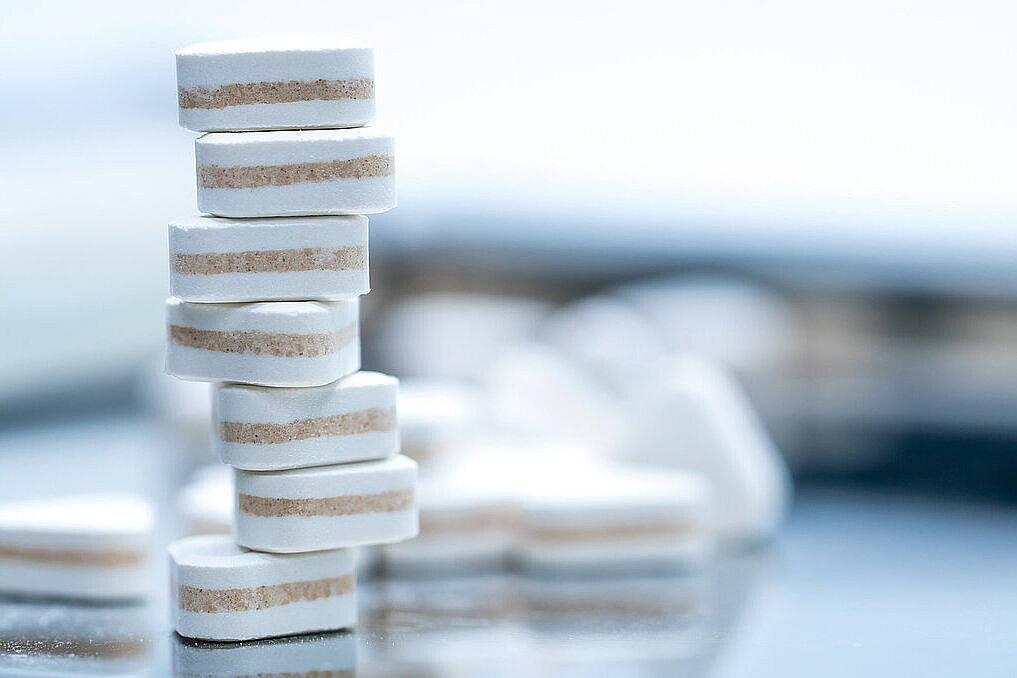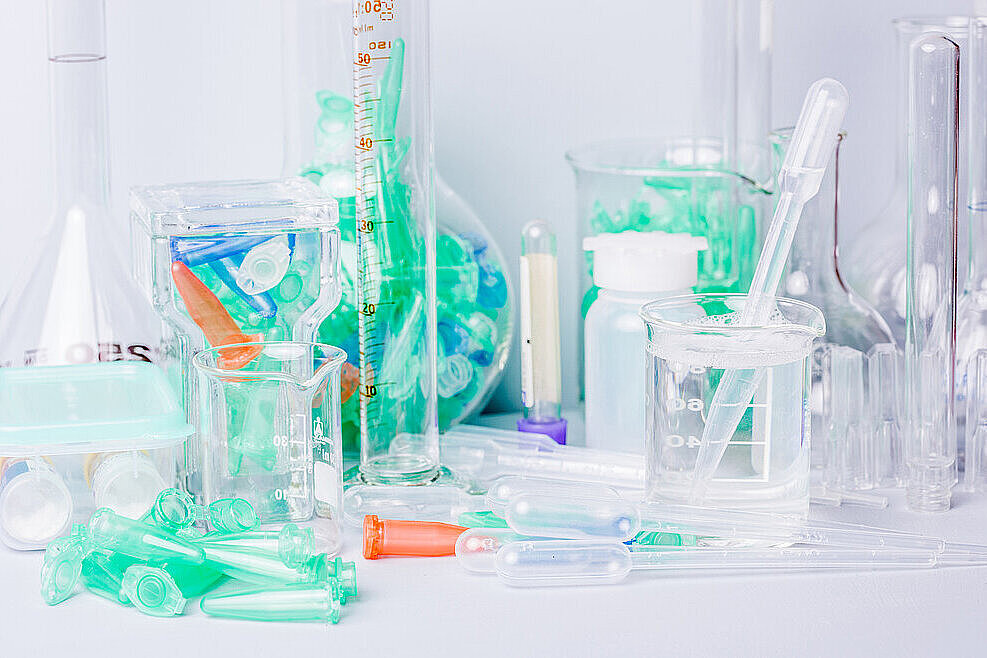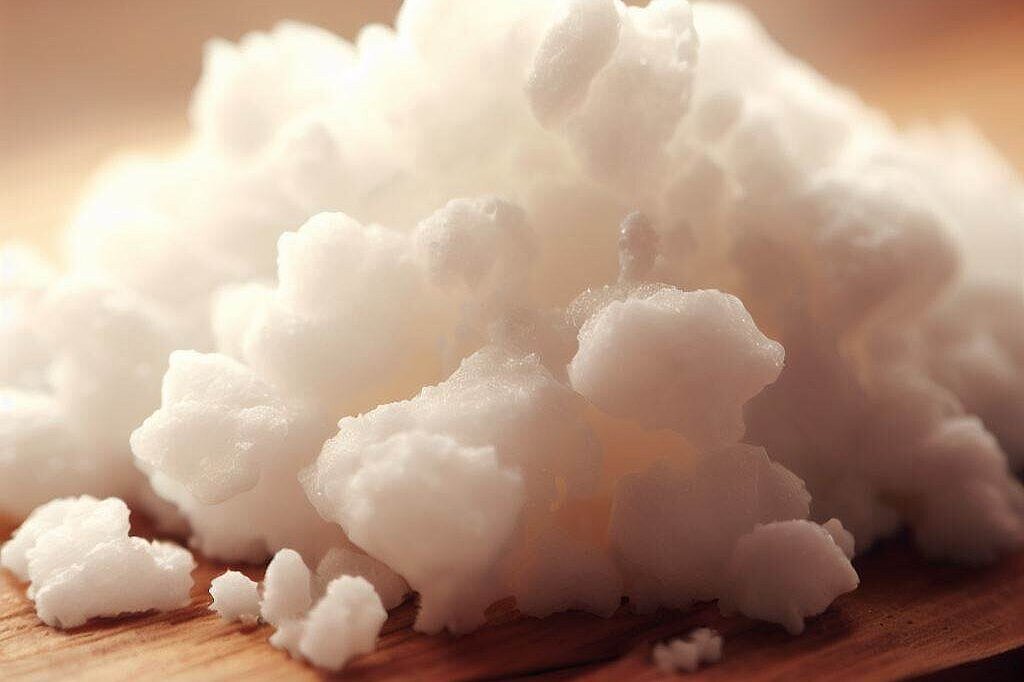Ammonium hydroxide

What is ammonium hydroxide?
Ammonium hydroxide is formed when ammonia is dissolved in water. In the process, some ammonia molecules capture protons from the water and form ammonium ions:
NH3 + H2O -> NH4+ + OH-
However, most of the ammonium ions react back to ammonia and water, so that there is more ammonia than ammonium in the solution. The solution is basic because it contains hydroxide ions that can be neutralized with acids.
The concentration of ammonium hydroxide can vary depending on how much ammonia is dissolved in water. The highest concentration is around 32%, which corresponds to a density of 0.88 g/ml. In this form, ammonium hydroxide is very corrosive and can injure the skin, eyes and mucous membranes.
What are the advantages of ammonium hydroxide?
Ammonium hydroxide has several advantages for various applications. For example:
- It is a cheap and effective cleaner that removes grease, dirt and bacteria. It is often used as a household cleaner or as an ingredient in detergents.
- It is a useful neutralizer that can balance acids or bases. It is often used as a buffer solution or as a titration substance in chemistry.
- It is an important raw material for the production of fertilizers, plastics, dyes, explosives and other products. It is often used as a source of nitrogen or as a starting material for other chemical reactions.
What are the disadvantages of ammonium hydroxide?
Ammonium hydroxide also has some disadvantages that need to be considered. For example:
- It is a harmful substance that can cause irritation, burns or poisoning if it comes into contact with the skin, eyes or respiratory tract. It should therefore always be handled with protective gloves, goggles and a mask. If swallowed, a doctor should be consulted immediately.
- It is an environmentally hazardous substance which, if released into the air, water or soil, may cause air pollution, water acidification or nutrient enrichment. It should therefore always be disposed of or recycled properly. In the event of an accident, the fire department or environmental agency should be informed.
- It is an unstable substance that may decompose or explode when heated or in contact with other substances. It should therefore always be stored in a cool, dry place and kept away from oxidizing agents, acids or metals. In the event of a fire, water or carbon dioxide should be used to extinguish it.
What does this mean for dogs?
Ammonium hydroxide is not a suitable substance for dogs as it is toxic and dangerous for them. Dogs should therefore have no contact with ammonium hydroxide, either directly or indirectly. This means that
- Dogs should not lick, sniff or eat ammonium hydroxide as it can cause serious damage to the mouth, esophagus or stomach.
- Dogs should not be in rooms where ammonium hydroxide is used or stored as it can cause irritation to the eyes, nose or lungs.
- Dogs should not play with or chew on objects that have been cleaned with ammonium hydroxide as it can lead to poisoning from residues.
If you suspect that your dog has ingested ammonium hydroxide, you should consult a vet immediately and tell them the exact amount and concentration of the substance. Depending on the severity of the poisoning, your dog may show symptoms such as salivation, vomiting, diarrhea, coughing, panting, tremors or convulsions. The vet can then give your dog appropriate treatment, which may consist of gastric lavage, activated charcoal, fluid therapy or medication, depending on the case.
Ammonium hydroxide is a solution of ammonia in water that is used for various purposes. It has some advantages as a cleaner, neutralizer or raw material, but also some disadvantages as a substance that is harmful to health, harmful to the environment or unstable. For dogs, ammonium hydroxide is toxic and dangerous and should therefore be avoided.
Properties 4
Are you looking for other ingredients with a specific property?
Just click on them to find more.
If you notice any signs of hypersensitivity or poisoning in your dog, you should see your vet immediately. We are not a substitute for a vet, but we try to be as accurate as possible. Every dog reacts differently and we recommend you get a second opinion or consult your vet if in doubt.
Stay healthy and take good care of your four-legged friend!😊
Similar to Ammonium hydroxide
Sodium hydroxide is an important raw material in the chemical industry. It is used, for example, to produce soap, paper, plastics and dyes. It is also used to neutralize acids or dissolve other...
Potassium hydroxide, also known as caustic potash, is a white, odorless solid with the formula KOH. It dissolves in water with great heat development and forms a strong base called caustic potash....
Calcium hydroxide is a chemical compound of calcium and hydroxide ions. It has the formula Ca(OH)2 and is also known as slaked lime or quicklime. It is a white powder that dissolves poorly in water....
Barium hydroxide is usually obtained from barite (barium sulphate) BaSO4, a mineral that occurs in nature. Barite is heated with coal to form barium sulphide BaS. This then reacts with water to form...



